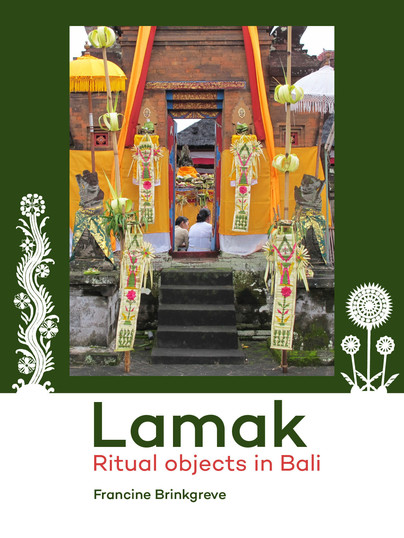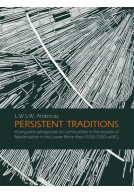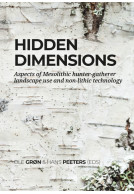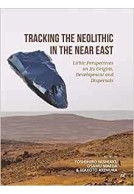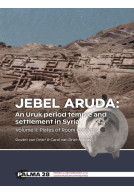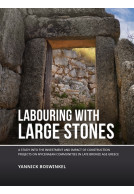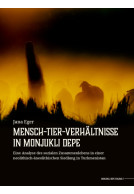Lamak (Paperback)
Ritual objects in Bali
Pages: 300
Illustrations: >100bw/>100fc
ISBN: 9789088903908
Published: 15th November 2016
Casemate UK Academic
(click here for international delivery rates)
Need a currency converter? Check XE.com for live rates
A lamak is a long narrow ritual hanging that is an essential requirement at almost all rituals in Bali. It is hung from altars and shrines at temple festivals and on festive holy days. Made usually of palm leaves, it is by nature ephemeral and it is made time and again. Even though permanent forms of the lamak, made of cloth or coins, do exist, the ephemeral palm leaf form must be present. Sometimes reaching a length of several metres and decorated with a range of motifs, its most elaborate forms are made by specialist craftsmen and women.
The lamak serves as base for offerings and attracts deities and deified ancestors to them. Decorative motifs representing sources of life are ordered according to Balinese concepts of the vertical structure of the cosmos. Best known among the motifs is the cili, a human figure in female form that symbolizes human fertility and regeneration. Through offerings and the active role of the lamak, worshippers offer thanks to their deities and request prosperity and protection. Despite decades of change and modernization that have affected all aspects of life in Bali, the essential role of the lamak has survived intact.
Although there are many studies of Bali’s internationally appreciated arts and crafts, this is the first one to examine in detail this fascinating and unique form of ephemeral material culture which is a prominent feature of Balinese creativity. The study answers the question: why do Balinese make lamak and why do they continue to make them time and again? It examines the use and function of the lamak in ritual, the motifs that decorate them, the materials and techniques to make them, regional and individual styles, and processes of change and commercialization.
Francine Brinkgreve is curator for the Insular Southeast Asia collection at the National Museum of World Cultures, which includes Museum Volkenkunde in Leiden and the Tropenmuseum in Amsterdam. During her study Cultural Anthropology at Leiden University, she specialized in the cultures of Indonesia.







